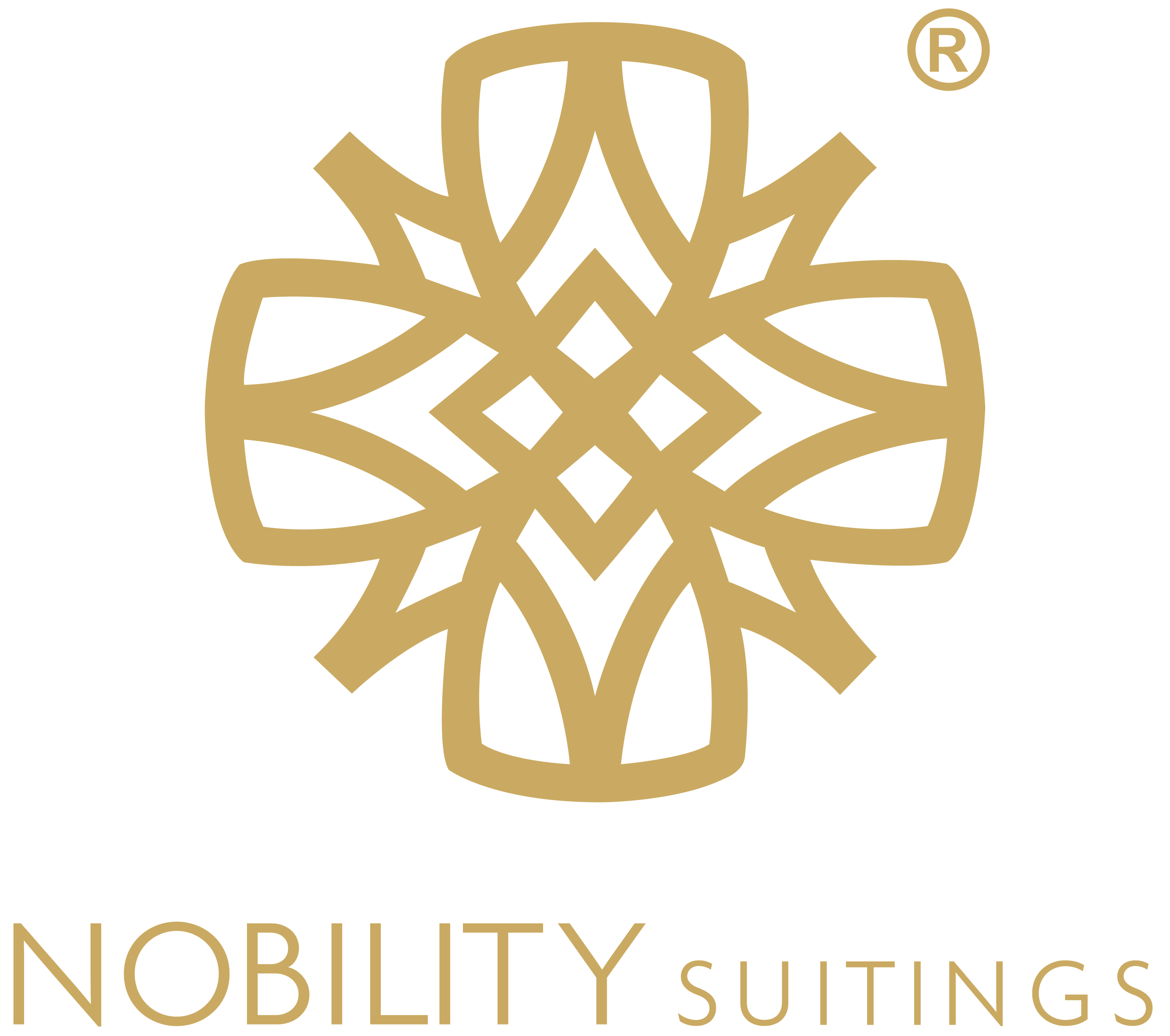cutting length
Cutting length refers to the precise measurement and control of material segments in various manufacturing and processing operations. This critical parameter determines the final dimensions of cut pieces, affecting both product quality and production efficiency. Modern cutting length systems incorporate advanced sensors and digital controls to maintain consistent measurements across different materials and production speeds. These systems typically feature high-precision measuring wheels, encoder technology, and automated adjustment mechanisms that work together to ensure accurate cuts. The technology can handle various materials including metals, plastics, textiles, and composite materials, making it versatile across industries. The integration of cutting length control systems with production line automation allows for real-time adjustments and quality monitoring, reducing waste and improving output consistency. These systems can maintain accuracy even at high production speeds, with some advanced models achieving precision within fractions of a millimeter. The ability to preset and store multiple cutting length parameters enables quick changeovers between different product specifications, enhancing production flexibility.








